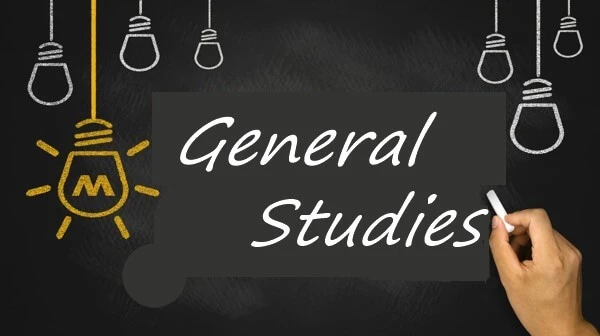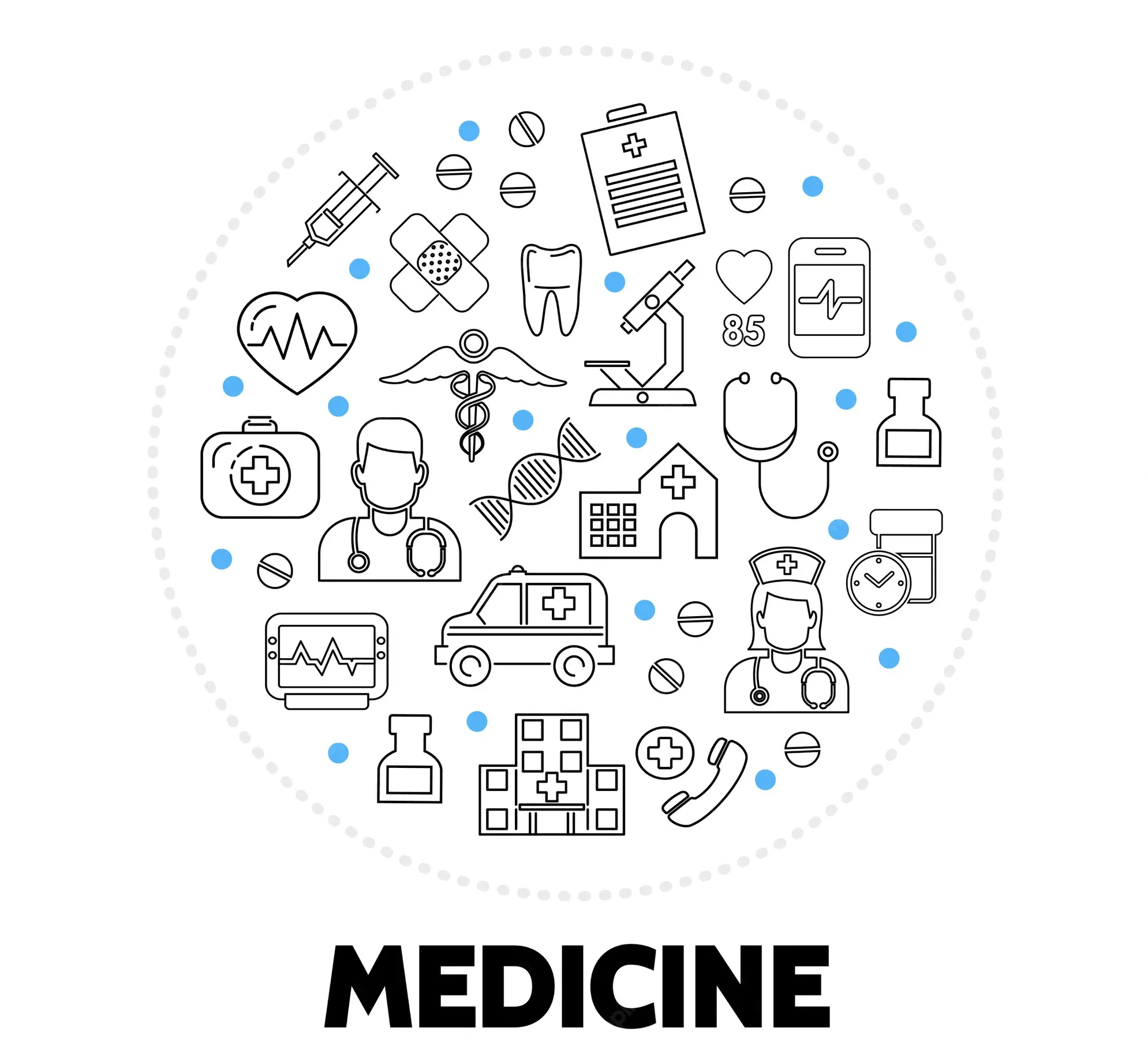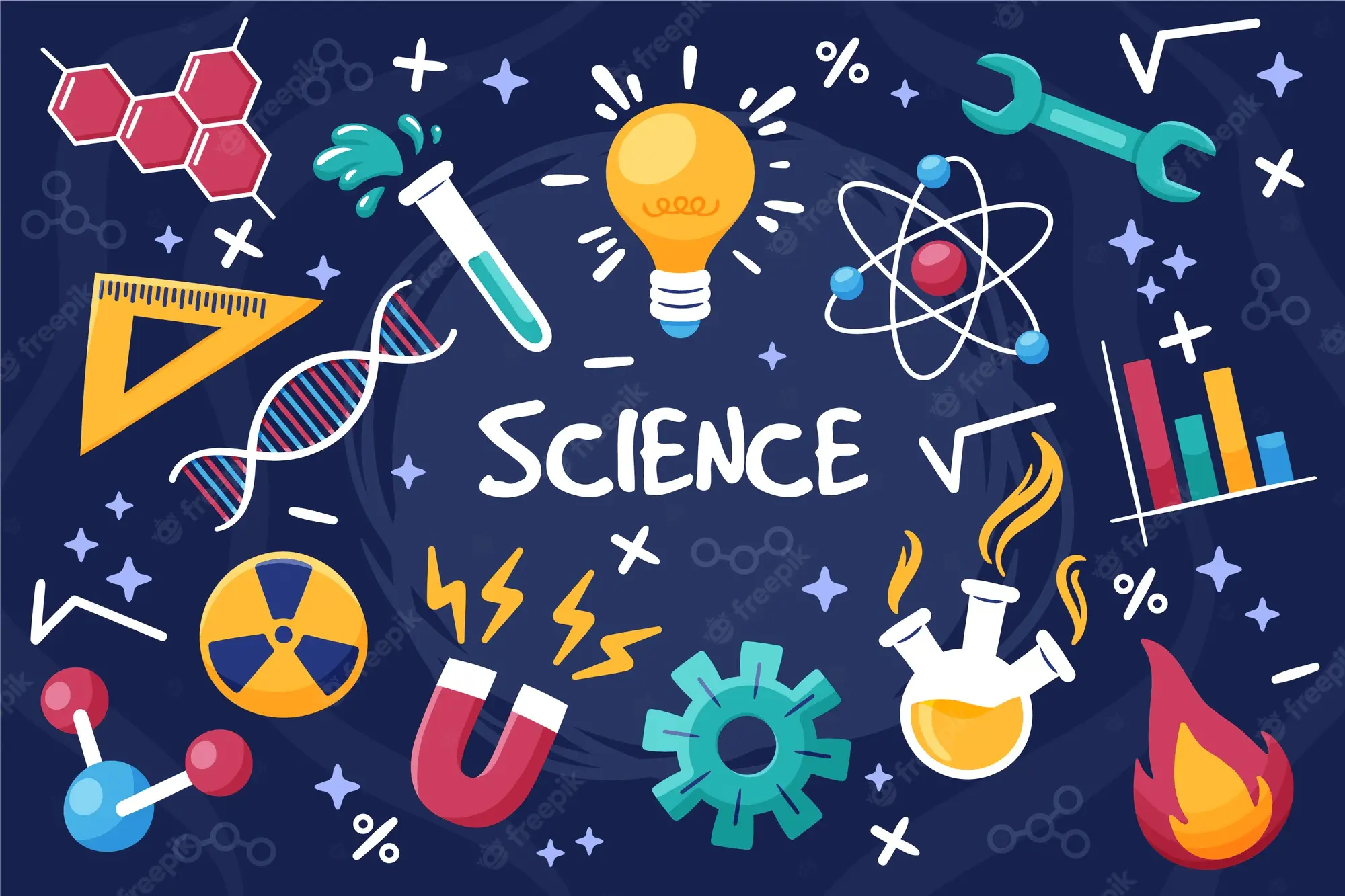Periodic Table Books
Exercises for the Feynman Lectures on Physics
Author: Richard Feynman, Robert Leighton, Matthew Sands, Michael Gottlieb, Rudolf Pfeiffer
School: University of Ilorin
Department: Science and Technology
Course Code: PHY115, PHY214, PHY243, PHY314, PHY152, PHY252, PHY353, PHY354, PHY461, PHY462
Topics: Motion, Probability, Gravitation, Dynamics, Momentum, Vector, force, work, Electromagnetism, Differential Calculus, Vector Fields, Vector Integral Calculus, Electrostatics, Gauss Law, Electric Field, Electrostatic Energy, Dielectrics, Electrostatic Analogs, Magnetostatics, Magnetic Field, Vector Potential, Induced Current, motor, generator, transformer, inductance, induction, maxwell equation, Principle of Least Action, AC Circuit, Cavity Resonator, Waveguide, Electrodynamics, Lorentz Transformation, Field Energy, Field Momentum, Electromagnetic Mass, Tensors, Refractive Index, Magnetism, Ferromagnetism, Magnetic Materials, Elasticity, Elastic Materials, Curved Space, Quantum Behavior, Particle Viewpoints, Probability Amplitudes, Identical Particles, Spin One, Spin One-Half, Hamiltonian Matrix, Ammonia Maser, Two-State Systems, Hyperfine Splitting, Crystal Lattice, Semiconductors, Independent Particle Approximation, Symmetry, Conservation Laws, Angular Momentum, Hydrogen Atom, Periodic Table, Operators, Schrodinger Equation, Superconductivity
Concise Inorganic Chemistry, 5th edition
Author: JD Lee
School: University of Ilorin
Department: Science and Technology
Course Code: CHE127, CHE227
Topics: atomic structure, bonding, periodic table, ionic bond, covalent bond, metallic bond, coordination bond, hydrogen, hydride, alkali metal, alkaline earth metal, chalcogen, group 2 element, group 13 element, S-block element, P-block element, group 14 element, group 15 element, group 16 element, halogen, group 17 element, halogen oxide, noble gas, transition element, scandium group, titanium group, vanadium group, chromium group, manganese group, iron group, cobalt group, nickel group, copper group, zinc group, Bohr theory, Pauli exclusion principle, atomic spectra, Hund rule, solubility, conductivity, lattice energy, stochiometric defect, schottky defect, Lewis theory, octet rule, sidgwick-powell theory, VSEPR theory, isoelectronic principle, Heisenberg uncertainty principle, radial function, angular function
Arun Deep's Self-Help To ICSE Simplified Chemistry
Author: Arun Deep
School: Usmanu Danfodiyo University, Sokoto
Department: Science and Technology
Course Code: CHM101
Topics: Chemistry, Periodic table, chemical bonding, acid, bases, salt, analytical chemistry, Gay Lussac's law, Avogadro's law mole concept, empirical formula, molecular formula, electrolysis, metallurgy, hydrogen chloride, ammonia, Nitric acid, sulphuric acid, organic chemistry, practical chemistry
Model textbook of chemistry for senior secondary schools, 3rd edition
Author: Okoye Ebelechukwu Ifeoma
School: WAEC, JAMB & POST UTME
Department:
Course Code: SSCE, WAEC, JAMB, POST UME
Topics: scientific method, hypothesis, chemical industries, matter, atom, molecule, ion, neutral atom, atomicity, Dalton‘s atomic theory, atomic structure, atomic number, mass number, isotopy, valency, binary compounds, chemical combination, periodic table, electronic configuration, noble gases, Relative atomic mass, Relative molecular mass, chemical bonding, Electrovalent bonding, covalent bonding, Co-ordinate covalent bonding, Metallic bonding, hydrogen bonding, Vander Waal forces, Gas Laws, Boyle‘s law, Charles law, Avogadro's law, Separation Techniques, filtration, decantation, acid, bases, salts, alkali, water, carbon, diamond graphite, Chemical Reactions, Reactants, decomposition reaction, Acid-Base Reaction, Volumetric analysis, reagents, water, air, oxygen, halogen, nitrogen, Sulphur, Oxidation Reduction Reaction, redox reaction, oxidizing agent, reducing agent, ionic theory, Electrovalent Compounds, Covalent Compounds, Electrolysis, Electrochemical cells, organic chemistry, isomerism, alkanols, Quantitative Analysis, Qualitative Analysis, Acid-base titration, Redox titrations, Petroleum, metals, fats, oil, starch, Giant Molecules, sugar, protein, nuclear chemistry, Nuclear Reactions
Author: Bryan Earl, Doug Wilford
School: International Exams
Department: Science and Technology
Course Code: IGCSE
Topics: kinetic theory of matter, diffusion, compounds, experimental techniques, elements, separating mixtures, gels, sols, foams, emulsions, atomic structure, atomic bonding, Ionic bonding, covalent bonding, glasses, ceramics, metallic bonding, Stoichiometry, chemical calculations, relative atomic mass, reacting masses, calculating masses, moles, chemical equations, electricity, electrolysis, electroplating, chemical energetics, fossil fuels, chemical energy, cells, batteries, chemical reactions, enzymes, acid, base, alkalis, salt formation, crystal hydrates, salt solubility, titration, periodic table, Alkali metal, alkaline earth metals, halogens, noble gases, transition elements, metal, metal reactions, metal nitrate decomposition, metal carbonate decomposition, metal oxide decomposition, metal reactivity, metal waste, rusting of iron, air, water, ammonia, artificial fertilizer, water cycle, water hardness, sulfur, sulfur dioxide, sulfuric acid, inorganic carbon chemistry, limestone, carbonates, carbon dioxide, organic chemistry, alkanes, alkenes, Biotechnology, alcohols, Carboxylic acids, soaps, detergents, Condensation polymers, biopolymers, Pharmaceuticals, Experimental chemistry
A Concise Introduction to Logic, 13th Edition
Author: Patrick Hurley, Lori Watson
School: Edo University
Department: Administration, Social and Management science
Course Code: JIL121
Topics: Logic, informal logic, informal fallacies, formal logic, Categorical Propositions, Categorical Syllogisms, Propositional Logic, Predicate Logic, inductive login, analogy, legal reasoning, moral reasoning, probability, statistical reasoning, Hypothetical Reasoning, Scientific Reasoning, Science, Superstition, arguments, deduction, induction, validity, truth, soundness, extended arguments, Enthymemes, sorites, truth functions, truth tables, indirect truth tables, conditional proof, indirect proof, Quantifier Negation Rule, proving invalidity, analogical reasoning, Probability Calculus
Author: KO Obisesan
School: University of Ibadan
Department: Science and Technology
Course Code: STA351
Topics: Biometric Method, Population Genetic, genetics, Gene Proportions, gene Variations, Biometrics, Biological Data, Biological Data Collection, Descriptive Statistics, Sampling, Sampling Distribution, Hypothesis Testing, Analysis of Variance, ANOVA.Clinical Trials, Biological Assay, Bioassay, Life Table, Life Table Analysis
Chemistry The Molecular Nature of Matter and Change ,9th edition
Author: Martin Silberberg, Patricia Amateis
School: University of Nigeria, Nsukka
Department: Science and Technology
Course Code: CHM112
Topics: Chemistry, matter, Stoichiometry, Chemical Reactions, Kinetic-Molecular Theory, Thermochemistry, Quantum Theory, Atomic Structure, Electron Configuration, Chemical Periodicity, chemical bonding, Shapes of Molecules, covalent bonding, Intermolecular Forces, Periodic Patterns, Organic Compounds, carbon, chemical reactions, chemical kinetics, chemical equilibrium, Acid-Base Equilibria, Ionic Equilibria, Thermodynamics, Entropy, Free Energy, Reaction Direction, Electrochemistry, Chemical Change, Electrical Work, Transition Elements, nuclear reactions
Principles of General Chemistry ,3rd edition
Author: Martin Silberberg
School: University of Nigeria, Nsukka
Department: Science and Technology
Course Code: CHM101, CHM112, CHM122
Topics: matter, chemical reactions, gases, Kinetic Molecular Theory, Thermochemistry, Energy Flow, Chemical Change, Quantum Theory, Atomic Structure, Electron Configuration, Chemical Periodicity, Chemical Bonding, Shapes of Molecules.Covalent Bonding, Intermolecular Forces, Periodic Patterns, solutions, Organic Compounds, carbon, Mechanisms of Chemical Reactions, Acid-Base Equilibria, Ionic Equilibria, Thermodynamics, Entropy, Free Energy, Electrochemistry, Chemical Change, Electrical Work, Transition Element, Nuclear Reactions
Student Solutions Manual to accompany Principles of General Chemistry
Author: Martin Silberberg, Patricia Amateis
School: University of Nigeria, Nsukka
Department: Science and Technology
Course Code: CHM101, CHM112, CHM122
Topics: matter, chemical reactions, gases, Kinetic Molecular Theory, Thermochemistry, Energy Flow, Chemical Change, Quantum Theory, Atomic Structure, Electron Configuration, Chemical Periodicity, Chemical Bonding, Shapes of Molecules.Covalent Bonding, Intermolecular Forces, Periodic Patterns, solutions, Organic Compounds, carbon, Mechanisms of Chemical Reactions, Acid-Base Equilibria, Ionic Equilibria, Thermodynamics, Entropy, Free Energy, Electrochemistry, Chemical Change, Electrical Work, Transition Element, Nuclear Reactions
Departments

Administration, Social and Management science

Agriculture and Veterinary Medicine

Arts and Humanities

Education

Engineering

General studies

Law

Medical, Pharmaceutical and Health science

Science and Technology